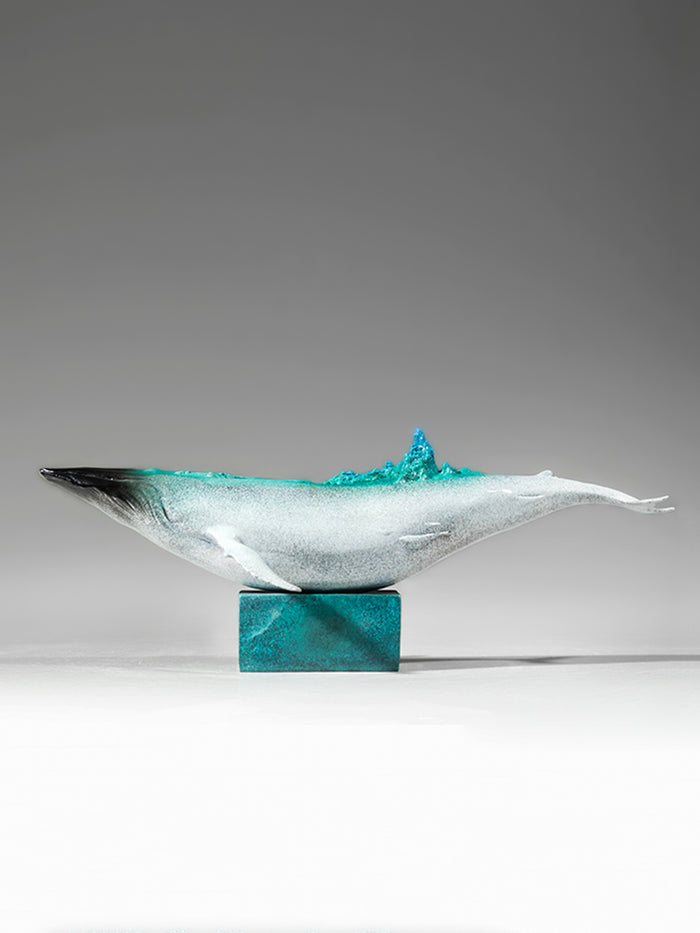Whale Fall Ecosystems: Life Beyond Death in the Deep Sea

# Whale Fall Ecosystems: Life Beyond Death in the Deep Sea
## The Phenomenon of Whale Falls
When a whale dies in the open ocean, its massive body begins a remarkable journey that can sustain entire ecosystems for decades. These whale carcasses, known as “whale falls,” create unique biological hotspots in the deep sea environment where food is typically scarce.
## Stages of Whale Fall Succession
### Stage 1: Mobile Scavenger Phase
The first stage begins immediately after the whale carcass reaches the seafloor. Large scavengers like sleeper sharks, hagfish, and amphipods swarm the carcass, consuming the soft tissue. This phase typically lasts several months to a year.
### Stage 2: Enrichment-Opportunist Phase
As the scavengers finish their work, smaller organisms move in. Polychaete worms, crustaceans, and mollusks colonize the bones and remaining tissues. This stage can last up to two years.
### Stage 3: Sulfophilic Phase
The most fascinating phase begins when only bones remain. Anaerobic bacteria break down lipids in the bones, producing hydrogen sulfide. This chemical supports chemosynthetic organisms similar to those found at hydrothermal vents, including mussels, clams, and tube worms.
## The Importance of Whale Falls
Whale falls serve as crucial stepping stones for deep-sea organisms, allowing species to disperse across vast distances of otherwise inhospitable seafloor. Scientists estimate that whale falls may have played a significant role in the evolution of hydrothermal vent and cold seep communities.
## Scientific Discoveries
Researchers have discovered numerous new species at whale fall sites, including:
- Osedax worms (“bone-eating worms”)
- Specialized limpets
- Unique species of bacteria
Keyword: Whale Falls
These ecosystems provide valuable insights into deep-sea biodiversity and nutrient cycling in the ocean’s most remote environments.
## Conservation Implications
Understanding whale fall ecosystems highlights the importance of whale conservation. Each whale that dies naturally in the ocean creates a potential oasis of life. Human activities that reduce whale populations may inadvertently be eliminating these critical deep-sea habitats before we fully understand their ecological significance.
The study of whale falls continues to reveal surprising connections in marine ecosystems, demonstrating how life persists and thrives even in the face of death in the deep sea.

